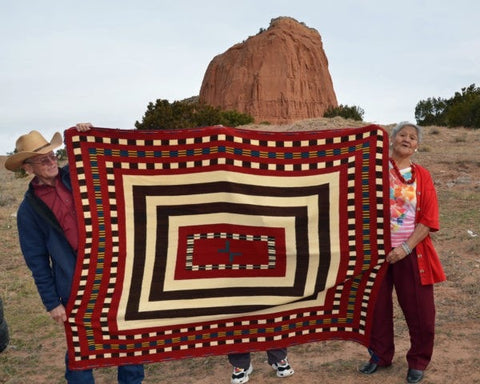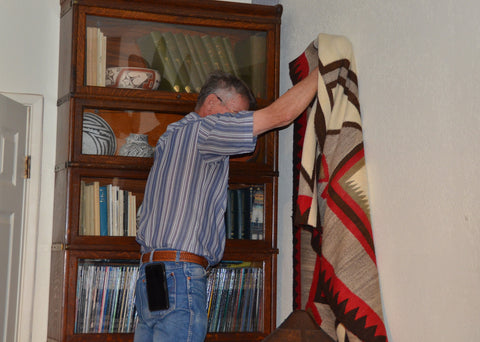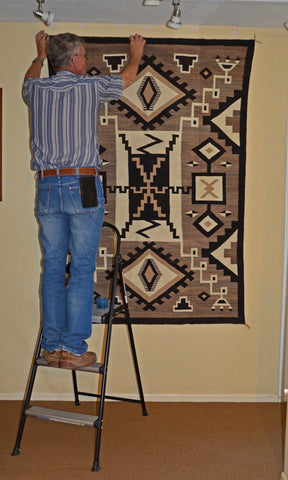 Two Grey Hills Navajo Weaving by Rona Begay
Two Grey Hills Navajo Weaving by Rona Begay
Give a bespoke gift seeped in tradition with this handcrafted Native American weaving. Designed by a Navajo artist from the Two Grey Hills region using an upright loom with all-natural colored wool in warm gray and deep browns...
*Note: this weaving has been sold. To view available Two Grey Hills rugs click here.
Questions? call 520-455-5020 or email info@navajorug.com











 We were so honored to attend the Rebelle Rally Gala and showcase the Navajo rugs that were showcased on the car wraps. So many strong and courageous women under one roof, sharing their amazing experiences together. (pictured Jamie Hellems and Gail Getzwiller representing Nizhoni Ranch Gallery.)
We were so honored to attend the Rebelle Rally Gala and showcase the Navajo rugs that were showcased on the car wraps. So many strong and courageous women under one roof, sharing their amazing experiences together. (pictured Jamie Hellems and Gail Getzwiller representing Nizhoni Ranch Gallery.)
























































